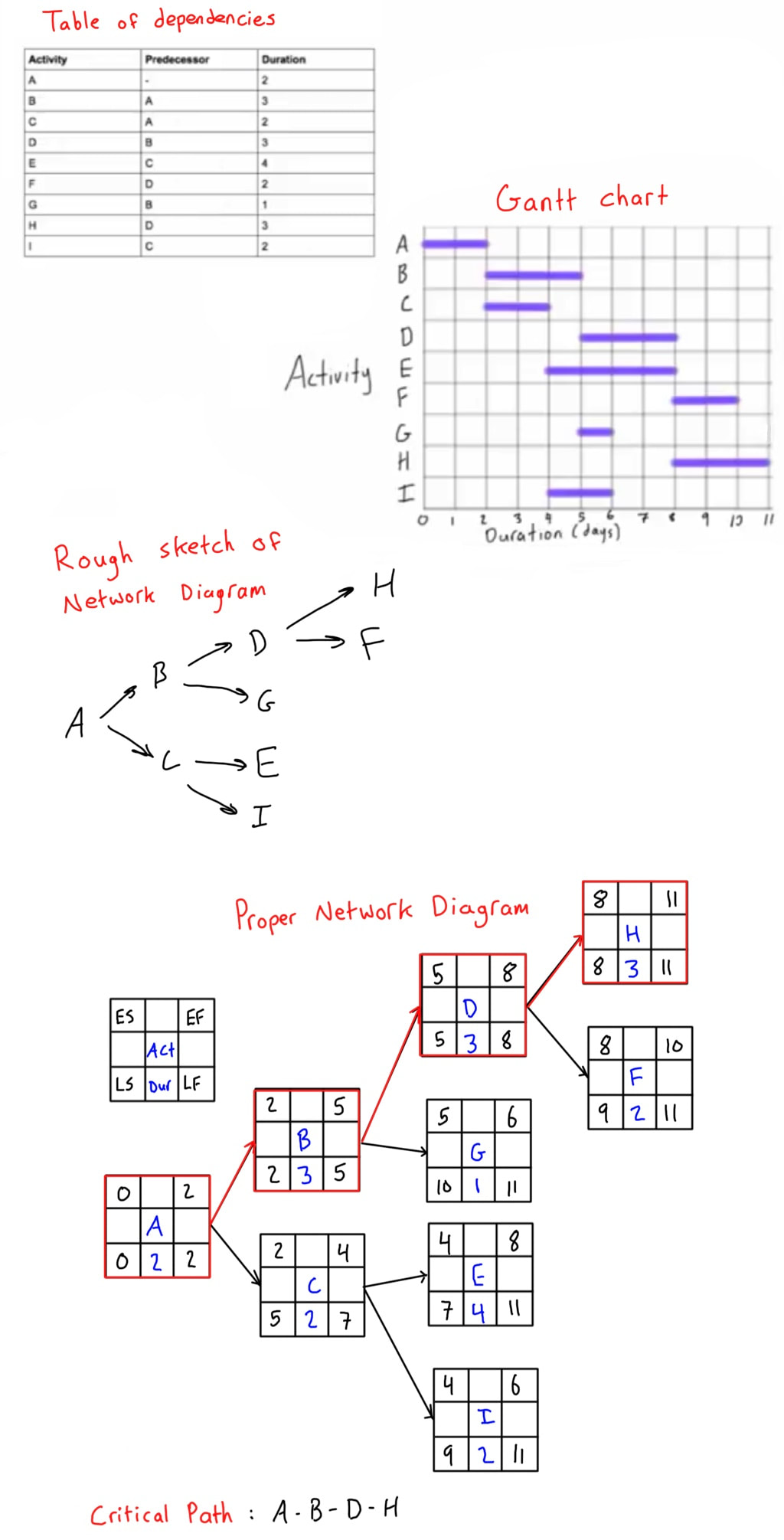

There are several methods for solving fuzzy critical path problems in which ranking approaches are used to compare fuzzy numbers.

#Pagico critical path windows
Slyeptsov and Tyshchuk presented an efficient computation method of fuzzy time windows for late start and finish times of operations in t. Chanas and Zielinski proposed a method to undertake critical path analysis of the network with fuzzy activity times by directly applying the extension principle to the classical criticality notion treated as a function of activity duration time in the network. Nasution proposed a fuzzy critical path method by considering interactive fuzzy subtraction and by observing that only the non-negative part of the fuzzy numbers can have physical interpretation. Hence it is used to tackle problems where a source of vagueness is involved. Fuzzy set theory proposed by Zadeh can play a significant role in this kind of decision making environment. Thus the conventional approaches tend to be less effective. Sujatha tain estimates of activity time, due to the uncertainty of information as well as variation in the management scenario. In reality, it is often difficult to obReceived: Octoc© 2013 Academic Publications, Ltd. etwork technique called critical path method. Compare with other fuzzy critical method the proposed method is simple, fast and effective to find total float time of each activity and fuzzy critical path in a fuzzy project network. Through a numerical example, calculation steps in this method and the results are illustrated. Assuming that the duration of activities are triangular fuzzy numbers, in this method we compute total float time of each activity and fuzzy critical path without computing forward and backward pass calculations.

In this paper a new method based on fuzzy theory is developed to solve the project scheduling problem under fuzzy environment. A way to deal with this imprecise data is to employ the concept of fuzziness, where the vague activity times can be represented by fuzzy sets. However, the unknowns or vagueness about the time duration for activities in network planning, has led to the development of fuzzy CPM. In the real world for many projects we have to use human judgment for estimating the duration of activities. The purpose of the critical path method (CPM) is to identify the critical activities in the critical path of an activity network. Index Terms-Fuzzy CPM, possibility and necessity, project management and scheduling. Two effective algorithms of calculating the degree of necessary criticality of a fixed path, as well as an algorithm of determining the paths that are necessarily critical to the maximum degree, are proposed. The results obtained for networks with interval activity duration times are generalized to the case of networks with fuzzy activity duration times. Certain conditions are formulated which in some situations (but not in all possible) allow evaluating the necessary criticality of activities. However, the problem of evaluating whether a given activity is necessarily critical does not seem to be such. The corresponding solution algorithms are proposed. It is shown, in the interval case, that both the problem of asserting whether a given path is necessarily critical and the problem of determining an arbitrary necessarily critical path (more exactly, a subnetwork covering all the necessarily critical paths) are easy. A hierarchical knowledge representation scheme facilitates recogn.Ībstract-The notion of the necessary criticality (both with respect to path and to activity) of a network with imprecisely defined (by means of intervals or fuzzy intervals) activity duration times is introduced and analyzed. INTRODUCTION In this paper, we present a new on-line scheme for the recognition of an isolated three-dimensional (3-D) object using reactive next view planning. Index Terms-Active vision, reactive planning, 3-D object recognition. Results clearly demonstrate the effectiveness of our strategy for a reasonably complex experimental set. This is used both in the probability calculations as well as in planning the next view. Our knowledge representation scheme encodes feature based information about objects as well as the uncertainty in the recognition process. The scheme uses a probabilistic reasoning framework for recognition and planning. This paper presents a new on-line recognition scheme based on next view planning for the identification of an isolated three-dimensional (3-D) object using simple features. In many cases, a single view of an object may not contain sufficient features to recognize it unambiguously.


 0 kommentar(er)
0 kommentar(er)
